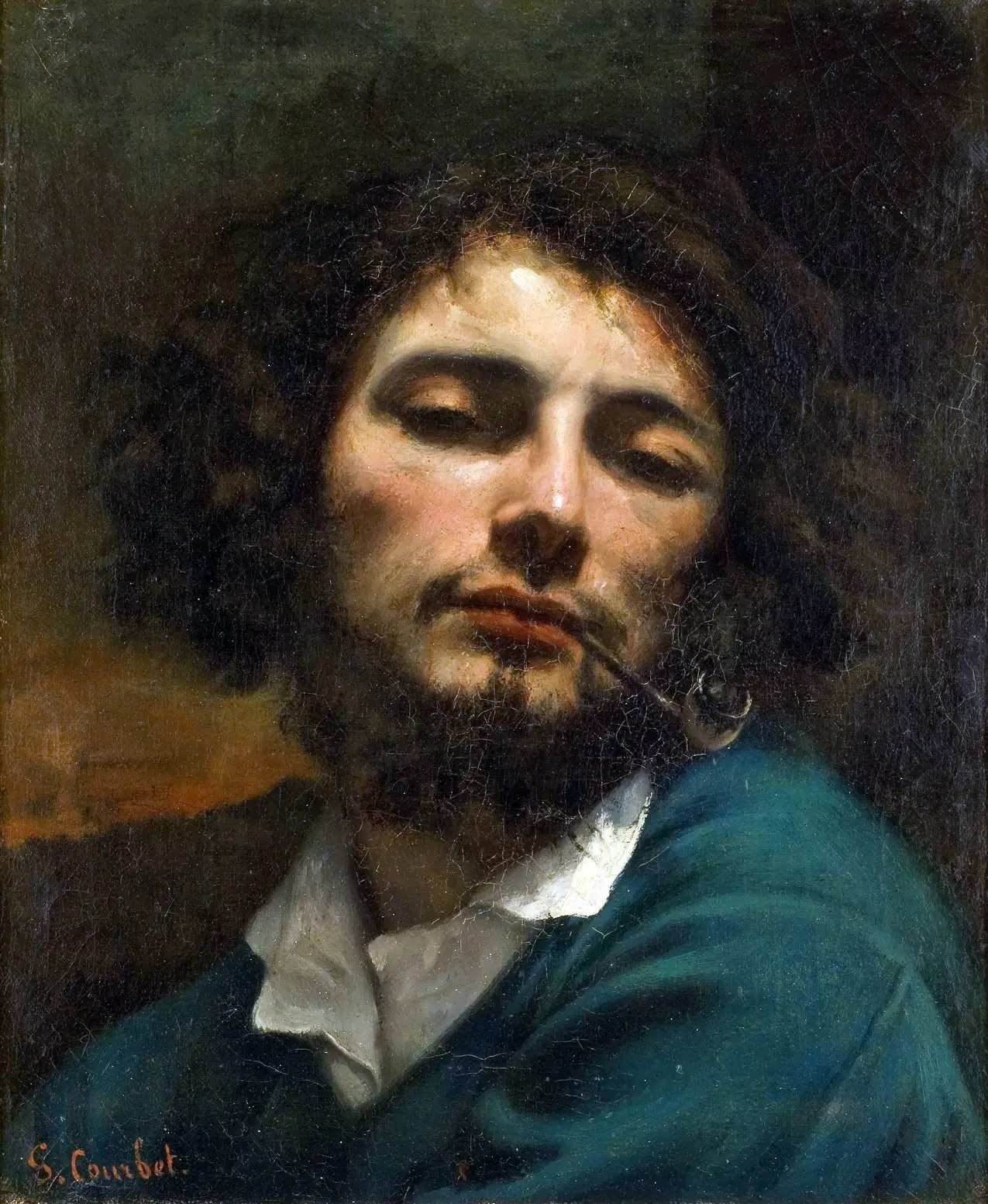REALISM IN ART HISTORY: THE 19TH-CENTURY MOVEMENT THAT GAVE VOICE TO THE MARGINALIZED
In the latter half of the 19th century, French artists rebelled against Romantic fantasy. In a break from idealism, a movement was born that sought truth in the everyday and exposed social injustices.
In the mid-19th century, the streets of Paris became the epicenter of a revolution, not with barricades and rifles, but with canvases and paintbrushes. Exhausted by the grandiosity of Romanticism, which exalted emotion and fantasy, a group of French artists sought a new path. Rejecting the sentimental, the exotic, and the idealized, they committed to showing what was close, what was everyday life as it is. This is how Realism was born, an art movement that repudiated the idealists and became a powerful voice for the most disadvantaged.
In a world marked by industrialization and profound social changes, Realists were drawn to the themes of their time. Their goal was to create objective representations of the external world, based on the impartial observation of contemporary life. For the first time, art became deliberately democratic, focusing on subjects and social classes previously not considered worthy of being represented. From rural life and the working class to urban scenes and economic inequality, Realist artists reflected the raw reality of an era of social tensions.
THE MANIFESTO OF REALITY
Realist painting, which marked the second half of the 19th century, is considered the origin of other later art movements. Its father and greatest representative was the French painter Gustave Courbet, who used the term "realism" as the title of a manifesto presented at an exhibition of his works in 1855. The work considered the starting point of this movement is The Painter's Studio from 1855, which is currently exhibited at the Musée d'Orsay in Paris.
Unlike illusionistic realism, which focuses on technical precision to create an illusion of reality, the Realist movement sought to convey a deeper, more critical vision. Realist painters were not content with just capturing visual reality faithfully; their intention was to go further. Their art was a tool for social critique, denouncing injustices and showing a commitment to the lower classes and leftist political movements. Artistic realism, in general, aligned with the socialist ideas of the time.
AN UNADORNED APPROACH
The characteristics of Realist painting are as direct as their subjects. Artists rejected subjectivity and idealization, focusing on the present, the here and now. Their goal was veracity: Realist painting didn't mask or try to please the viewer but instead showed them daily life as it was, no matter how gray, raw, or miserable.
Costumbrism (scenes of everyday life) became a main theme, along with landscape. Even genres like nudes were freed from idealism, which sometimes led them to be considered obscene art. In an attempt to achieve the most faithful representation possible, the interplay of light and shadow, as well as forms and volumes, gained special importance.
Although Gustave Courbet led the movement, other notable artists contributed to its spread. In France, names like Honoré Daumier, Jean-François Millet, and Édouard Manet joined the Realist cause. Outside of France, the movement also found followers, such as the English artists William Holman Hunt and Ford Madox Brown, and the Germans Franz von Lenbach and Max Liebermann.
Realism also influenced other art forms, such as literature, where authors like Honoré de Balzac and Gustave Flaubert, considered pioneers of literary realism, were inspired by everyday life, far from Romantic fantasies. The Realist approach also manifested itself in other disciplines like photography and theater.
The impact of Realism went beyond aesthetics. It had a significant social and political effect by giving visibility to the living conditions of the disadvantaged and questioning inequality. This generated debates about the role of art in society, and while its later manifestations are often called social realism, its influence extended well into the 20th century. Realism, in its essence, is a way of seeing the world in its purest and most honest state a philosophy that challenges us to see reality as it is, without idealizations or adornments.













